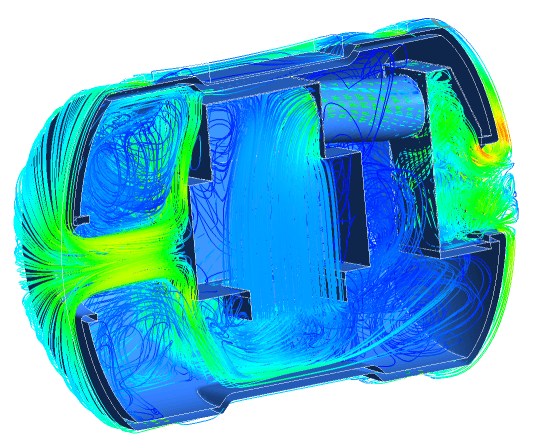This post was created based on the expert advice of PADT CFD engineer and Project Lead, Nathan Huber.
Simulating the behavior of liquids and gases has become a standard part of product development in products where fluid behavior plays an important role. Here at PADT, we have been using Computational Fluid Dynamics, or CFD, for years to model everything from combustion in turbine engines to cooling of electronics, to golf balls. With that experience, our estimates for a given project have become reasonably accurate.
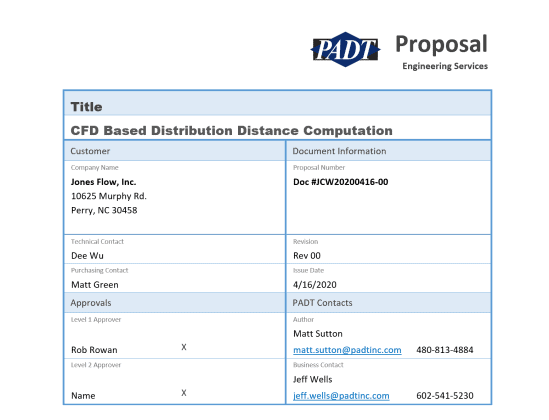
However, we can only estimate accurately if we have complete and accurate information on what you need simulated and what you hope to gain from the simulation. To help everyone arrive at more accurate cost and schedule estimates, even if you are planning a project internally, we offer the following list of five questions we always ask:
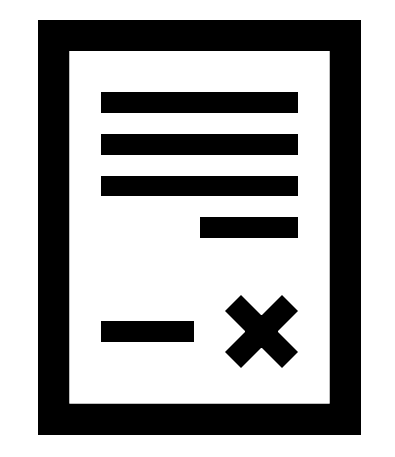
1: Have we signed a Non-Disclosure Agreement (NDA)?
Before we can do anything, we need to have an agreement in place that clearly defines how both sides handle proprietary information. When we have tried holding meetings to gather information for a quote before an NDA is in place, we almost always waste time. There is just too much that is proprietary in most products.
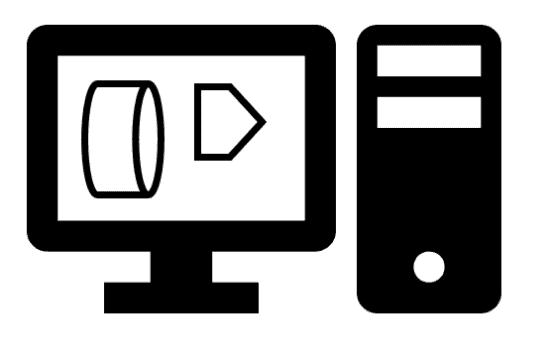
2. What does your CAD Geometry look like?
We also need to know the physical geometry of your system. That is why we ask for an accurate and complete CAD model. We take some time to poke through the files in our software to make sure we can use the geometry, it is accurate, and it has the level of detail required for CFD. Basically, we check to see if we can pull a fluid domain from your CAD models. Remember, we are not simulating the solid part of your product; we are modeling the inverse and therefore need to pull a negative volume from your geometry.
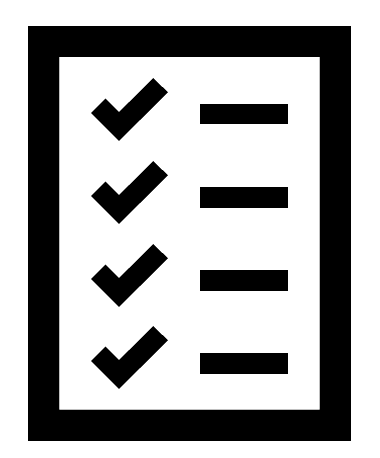
3. What are the Boundary Conditions and Material Properties?
Now that the geometric domain is understood, we need to know what is inside that domain, and what is acting upon it. We will ask you for boundary conditions, and for the material properties of the fluid or fluids you are asking us to model. The complexity, time variation, and severity of the loads drive the difficulty of setting up and running the simulation. And the material properties can also impact the sophistication of the model as well as its robustness. Both, therefore, have a significant impact on cost.
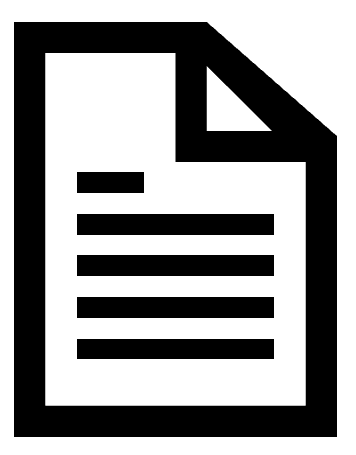
4. What results do you want to see?
When a simulation finishes, it can be post-processed to get a vast array of plots, figures, animations, pretty pictures, etc. Those take time to create, so we need to know what you want to see. Also, we set up some post-processing parameters before we start the simulation.

5. What do you want to learn from your CFD Simulation?
The whole point of doing a CFD simulation is to study the behavior of your system. We need to know what behavior you need to understand so we can make sure that the simulation we propose answers your questions and guides you in your design process.
We hope you find this review useful when you are planning your internal CFD project as well as those you outsource. And speaking of outsourcing, please consider PADT as your resources for any future simulation projects of any type, not just CFD. Now, you already know what questions we will ask.
